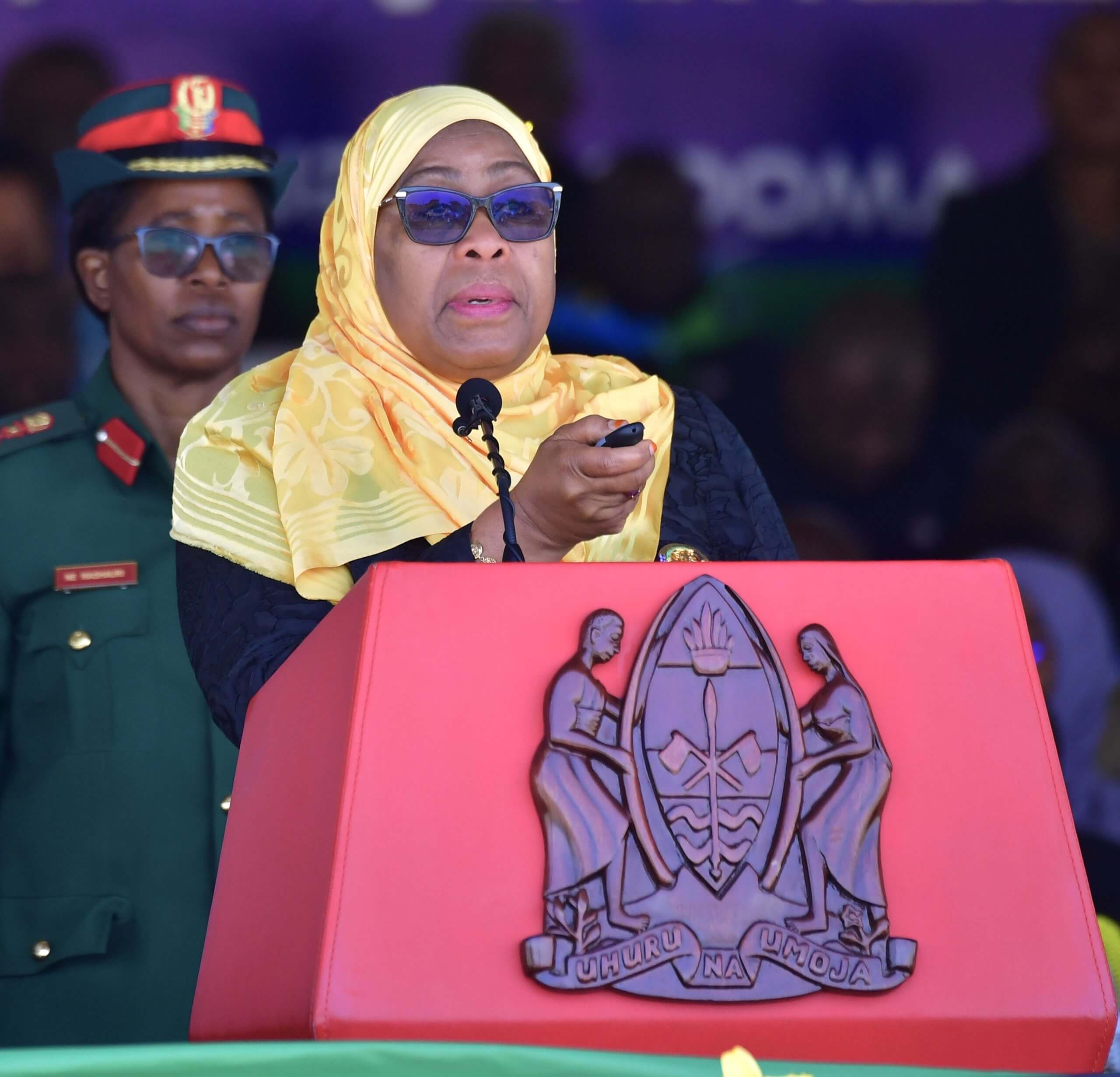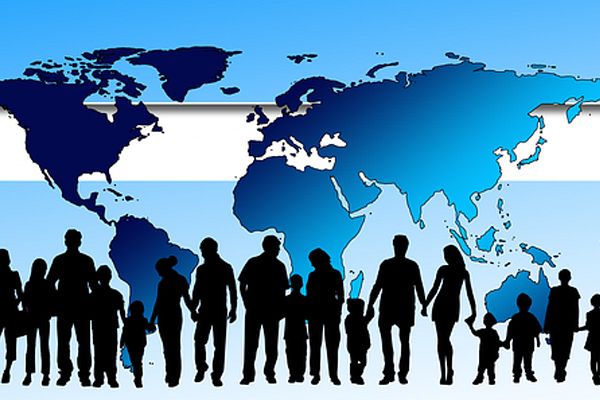By 2050, global population increase is projected to be concentrated in just eight countries, namely: the Democratic Republic of Congo (DRC), Egypt, Ethiopia, India, Nigeria, Pakistan, the Philippines and Tanzania, according to UN World Population Prospects (WPP) 2022. So, five countries are on the African continent and three others on the Asian continent.
According to data compiled by the African Trade Policy Centre (ATPC) of the Economic Commission for Africa (ECA) in collaboration with the African Union Commission (AUC), the African Continental Free Trade Area (AfCFTA) is projected to connect about 1.3 billion people (expected to reach 2.5 billion by 2050).
These will be from 55 countries of the AU and eight Regional Economic Communities (RECs) with a combined GDP of about $3.4 trillion. The 2.5 billion people will comprise 26 per cent of the world’s projected working age population, whose economy is estimated “to grow twice as rapidly as that of the developed world”.
India, whose current population is estimated at 1.417 billion, is projected to surpass China’s 1,425,882,822 population and be the world’s most populous country in 2023. By 2050, India will have 1.668 billion people, while China will have just 1.317 billion people, according to WPP 2022.
The current population of DRC, according to UN estimates, is 99,193,857, Egypt (111,088,803), Ethiopia (123,558,949), Nigeria (217,527,657), Pakistan (235,824,862), the Philippines (113,002,674) and Tanzania (61,741,120). As far as Tanzania is concerned, President Samia Suluhu Hassan announced the results of Tanzania’s National Population and Housing Census in Dodoma on October 31, 2022.
The census exercise, which started on August 23, 2022, was finalised on September 4, 2022. With life expectancy estimated at 66.08 years in 2022 (an increase of 0.47 per cent from 2021), according to UN projections, Tanzania’s population has jumped from 44,929,002 recorded in 2012. That is in 10 years there was an increase of 16,812,118 people.

According to WPP 2022, the global population is more than three times larger than it was in the mid-20th century. It is projected to reach about 8.0 billion in mid-November this year from about 2.5 billion in 1950, reach about 8.5 billion in 2030, add about 1.18 billion in the following two decades, reach about 9.7 billion in 2050 and over 10 billion by 2059.
WPP 2022 suggests that population data provides critical information for use in development planning and the implementation of development projects. “The quality of population estimates and projections hinges on the collection of reliable and timely demographic data, including through civil registration and vital statistics systems, population censuses, population registers and household surveys.”
According to WPP 2022, population data is used in the calculation of many development indicators to monitor global progress towards the achievement of Sustainable Development Goals (SDGs). The WPP 2022 edition presents all demographic indicators and population estimates from 1950 and projections to 2100.
Although China and India are the most populated countries in the world, they are both performing well economically. India is one of the world’s fastest growing economy (Nayak, Goldar & Agrawal, 2010). Its consumer market, which is the world’s 11th largest, is expected to become 5th largest by 2030 (Farrell & Beinhocker, 2007).
According to World Economic Outlook Database (2022) and IMF (2022), India’s economy in 2021 was nominally worth $3.04 trillion. It is the 5th largest economy by market exchange rates and is about $10.219 trillion, the 3rd largest by purchasing power parity (PPP).
Since 2010 China is the world’s 2nd largest economy in terms of nominal GDP (The Guardian of February 2022, UK), totalling about $18 trillion as of 2021 (South China Morning Post of January 2022). In terms of purchasing power parity (GDP PPP), China’s economy has been the largest in the world since 2014 and is also the world’s fastest-growing major economy, according to World Bank (2020).
With these two examples it is clear that what has helped the two countries to develop and reach the level of economic growth and development they are at is their population growth because it has helped to create employment and a market for each of them.
Yet with Africa, Landry Signé (2018) argues, “Africa’s rapid population growth, in a context where poverty levels are already profoundly high, is one of the main causes explaining the increased number of the poor on the continent despite the fast economic growth.”
Citing Laurence Chandy (2016), he said the average poverty reduction rate was lower than the average population growth, which logically resulted in an increase in the number of poor people despite a decrease in their proportion.
“Combining the depth of poverty with the high fertility rate makes it more challenging to pull populations out of poverty…African policymakers should keep the continent’s growth momentum, but keep reducing poverty a centre of focus. They should act now, not later, to make growth more inclusive and leave no one behind.”







